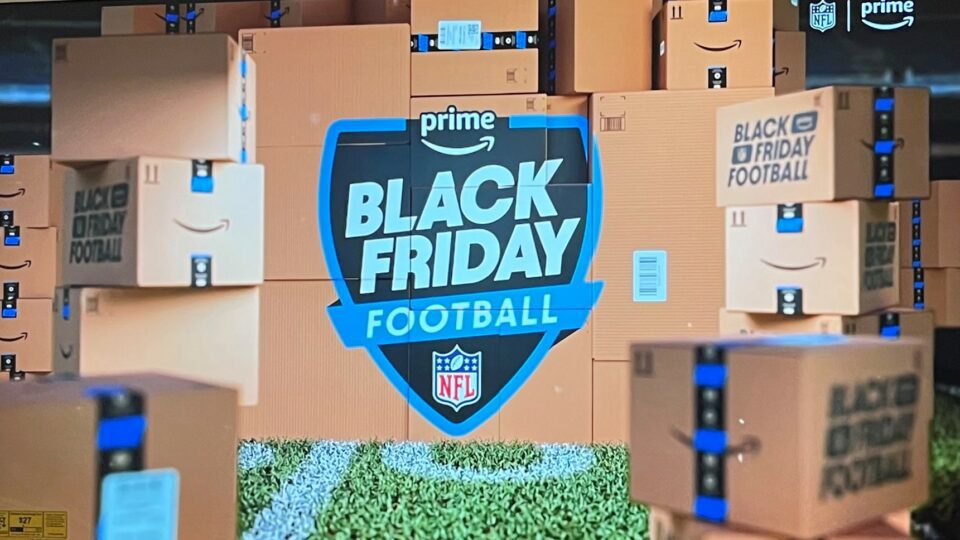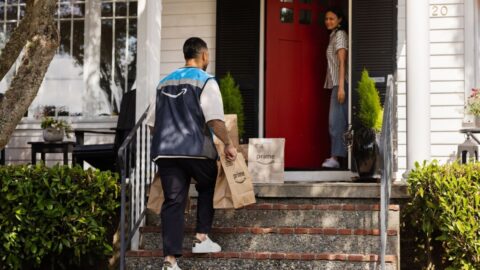Our Editor’s Perspectives columns offer insights and opinions from the Retail TouchPoints editorial team as they dig into the latest trends in retail, marketing and tech.
Remember the Black Fridays of yore? Frenzied masses lined up in the cold, then a stampeding rush to be the first to get at the discount TVs? Well, those days seem to be largely gone, and likely for the better — I don’t think anyone misses what was once an annual bodily injury count on the Saturday after Black Friday.
Nowadays, Black Friday shopping looks much like shopping on Thanksgiving and Small Business Saturday and whatever name they’ve given Sunday — feet up on the couch, scrolling through deals, maybe heading out to a store or two in the afternoon but more likely just clicking “buy” and then returning to whatever it was you were watching on TV. This Black Friday the only rushes that were covered the following day were those that took place on the football field during the NFL’s first-ever Black Friday game.
An NFL game on Black Friday would have once been considered anathema (and a recipe for historically low viewership). No one would have dared ask Americans to choose between their two favorite sports — shopping and football. But as Cyber Monday has slowly expanded to encompass an entire Cyber Week, it is now possible to let consumers have their football and shop too. And with consumers increasingly expecting pretty much any digital surface to be shoppable, who better to serve as the test case than Amazon?

Indeed, while the idea of shoppable TV is steadily gaining steam, none of the other leaders in the space (namely NBCUniversal, Walmart and Roku) have both a robust ecommerce business and an established, well-trafficked content platform. More on this below if you’re curious about the competition, but first I want to get to the game.
Now, I’m not a regular football viewer, but from what NFL fans have told me, Friday’s matchup between the Miami Dolphins and the New York Jets was a bit lackluster, entertainment-wise. I am, however, a regular shopper, and so I feel qualified to say that the shoppable experiences presented during game breaks gave viewers like myself plenty to get excited about.
Informal Viewer Poll: Shoppability Becoming a Consumer Expectation
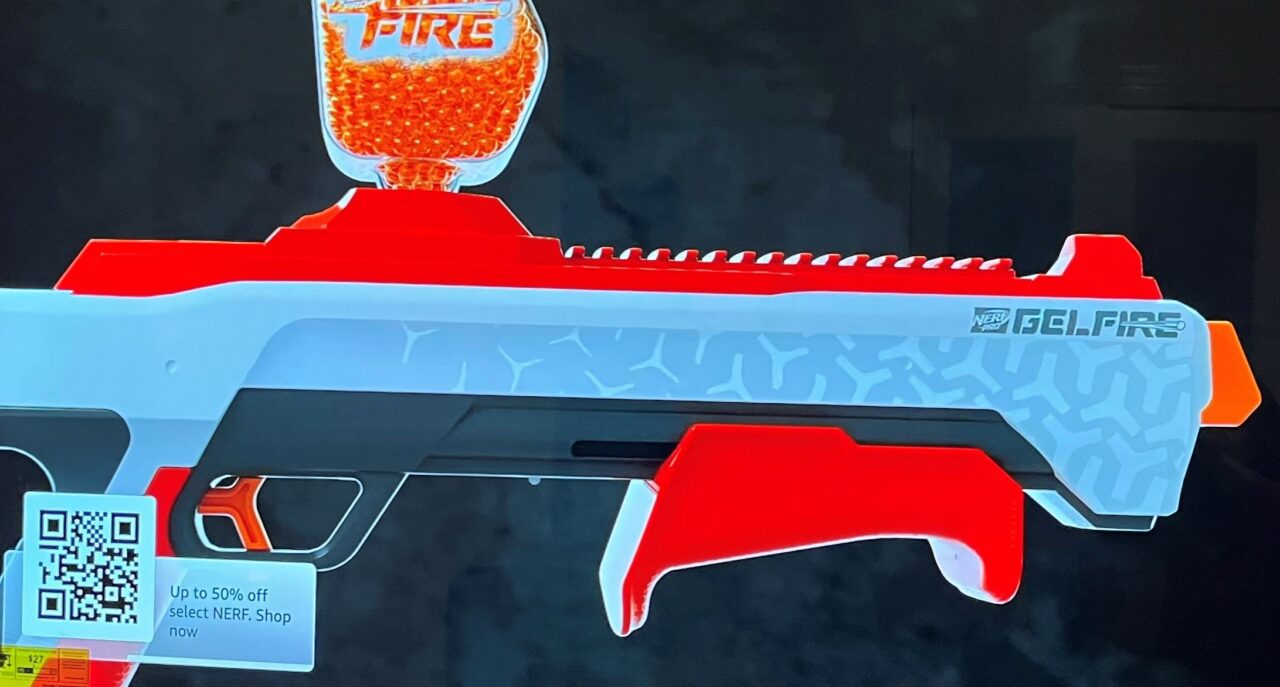
In the days since the game aired, I’ve embarked on a highly informal survey of other viewers to gauge reaction. Retail industry insiders like my colleague Erica Vallecorsa seem to have expected a bit more from the shopping experience, and to be fair it was relatively basic as far as shoppable TV goes. The shoppable ads (which made up roughly half of all the commercials) relied entirely on QR codes, unless viewers had an Amazon Fire TV Stick, in which case they could click OK on the remote to pull up a related page on their phone.
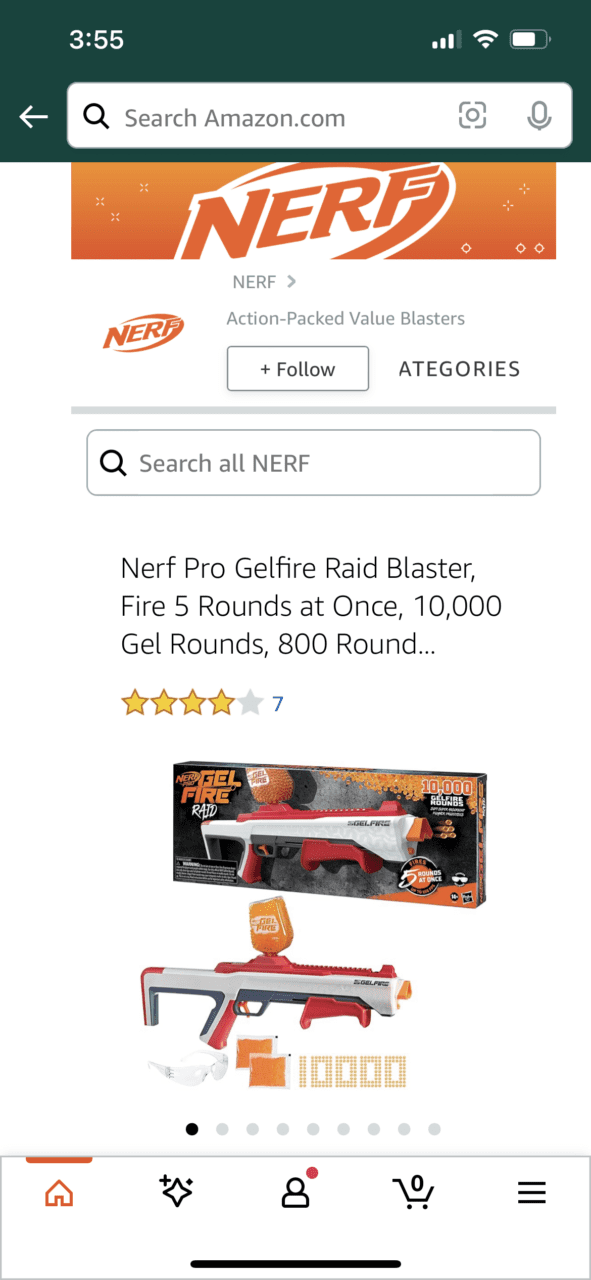
Geekwire’s Taylor Soper did something I’m kicking myself for not doing; he streamed the game on multiple devices, which yielded an interesting insight — even when watching the game on a laptop or smartphone, the ads were apparently not clickable. QR codes make sense for TV — most viewers don’t yet have the tech to enable TV-based purchasing — but on devices where we’re already used to shopping, like a tablet or phone, it seems only natural to forego the QR and let us just click through.
By contrast, the response among my family and friends — that is, those strange beings who haven’t chosen to immerse themselves in the world of retail and tech for a living — was very different. Their reaction was one of surprise when I pointed out that this was something relatively new: the whole idea felt so natural that they didn’t even pause to think about the novelty of it. My neighbor bought some razors after an ad prompt during the game and mentioned it to me like this was just any other Friday. This nonchalance is in itself quite telling, and compelling, for the future of shoppable TV — being able to buy something when and where you see an ad feels like a no-brainer to most shoppers today.
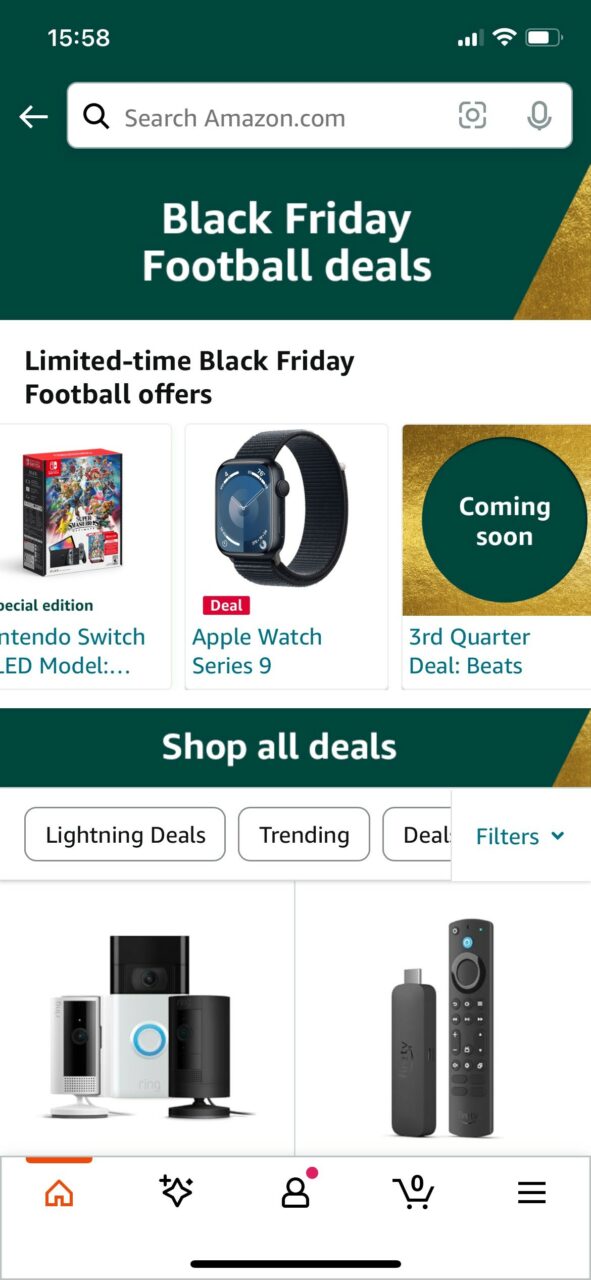
Now, my husband is not the biggest fan of Amazon, so you can imagine my surprise when his review came back positive. In particular, he noted one aspect of the experience that, I agree, hinted at the immense future potential of TV-enabled commerce, particularly when it reinforces and rewards the real-time viewing (as opposed to delayed viewing via a DVR, for example) that big sports events encourage.
Just before the end of each quarter, Amazon aired a house ad highlighting the shopping opportunities during the game, and then they announced a Quarterly Deal Drop. Each quarter saw a different product featured at a promotional price. The ad format for these Deal Drops was different than the regular ads, making them stand out and driving users to check back in between each quarter. We’ve seen the huge success of “drops” in other areas of retail, and bringing that into live sports was the one experience that really foreshadowed where this all could go.
Amazon Set to Dominate this Season of Shoppable TV
Amazon hasn’t shared any stats on its game-time sales performance. And viewership of the game itself was a bit disappointing, averaging around 9.61 million viewers, according to Nielsen, which makes it Amazon’s second-least-watched game this season. But even so, that’s a lot of people, and let’s not forget that while Amazon’s regular Thursday night NFL games are reserved for Prime members, Amazon made its historic Black Friday game free to all (as long as they had an Amazon account). While Amazon hasn’t shared what that has meant in terms of incremental app sign-ups driven by the game, one has to assume it was positive.
And even if viewership wasn’t as high as other NFL games, this was without a doubt the biggest and most high-profile test of shoppable TV to date. Amazon is well-known for its test-and-learn attitude, and to be sure there were a lot of learnings here, not the least of which is the many ways this can evolve and grow going forward — purchases enabled directly on TV devices, different advertising experiences depending on the kind of device a viewer is watching on, and even in-stadium shopping integrations (QR codes could presumably work just as well for viewers in the stands as those on their couch).
And you can bet your bottom dollar that Amazon won’t stop with live sports. I’m expecting similar features and many more across all Prime Video programming when ads come to the platform in 2024.
Shoppable TV may very well be the next big whale of ecommerce, and Amazon isn’t alone in chasing it. This week alone, Walmart released a 23-part, fully shoppable commercial series based on holiday rom-coms, and NBCUniversal announced that its streaming TV service Peacock would become part of Instacart+ member benefits, enabling Peacock viewers to have easy access to all the “snacks and beverages they need for a must-see TV night.”
But these recent deals and others before them — like Walmart’s ongoing partnership with Roku — highlight the disadvantage that everyone else is facing. Walmart has a robust ecommerce operation, but no established content platform (although the Paramount+ partnership offers potential.) Meanwhile, those with the content, like NBCUniversal, don’t have a retail platform to easily integrate shopping capabilities (although NBCU is working on it in partnership with Mirakl).
As this week’s announcements illustrate, efforts by others are underway, but there’s no denying that at the moment the only company that has it all as far as shoppable TV is concerned is Amazon.



